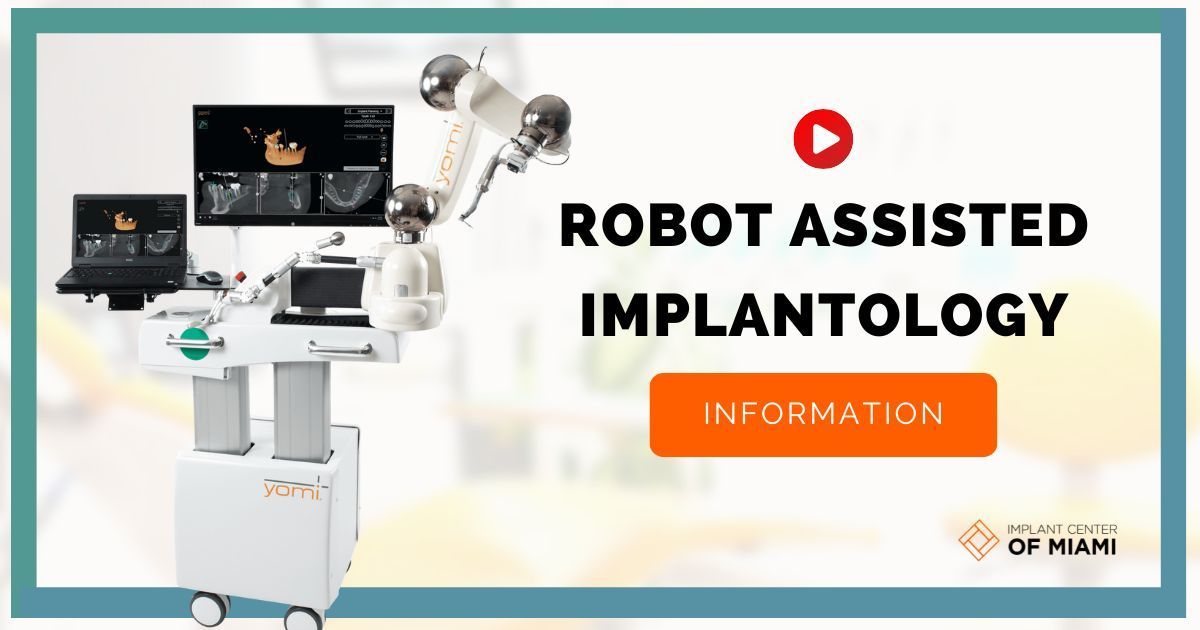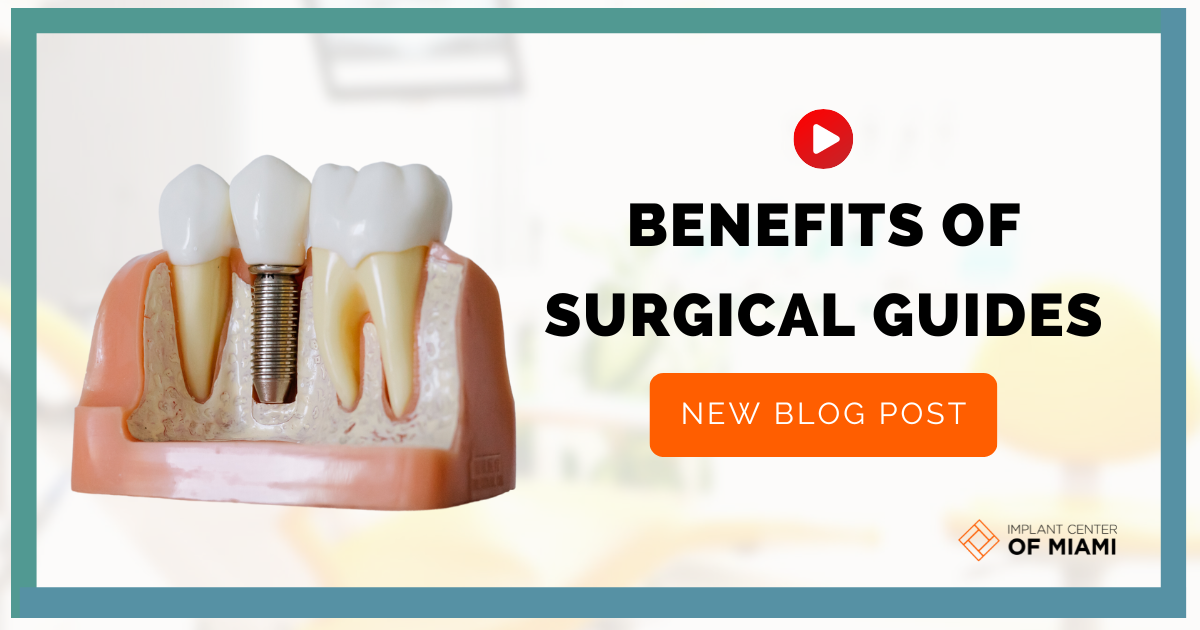Comprehensive Guide on Surgical Procedures for Implant Placement in Dentistry and Orthopedics
Surgical guide implant is a groundbreaking procedure in the field of oral surgery. It involves the use of a digitally designed guide to assist surgeons in the precise placement of dental implants. This advanced technology not only enhances accuracy but also reduces the trauma associated with traditional implantation methods. Using 3D imaging, the surgical guide works to highlight the exact positioning and depth for the implant installation, allowing for a seamless, successful operation with optimum results. The surgical guide implant has been instrumental in improving patients' experience and outcomes in dental implant surgery.
Request an Appointment
Understanding the Basics of Surgical Guide Implants
Surgical guide implants streamline dental implant surgeries. They are custom-made guides, assisting surgeons in accurate placement of implants. They provide a pre-determined track to follow, reducing errors, enhancing patient safety, and improving surgical outcomes.
The Significance of 3D Imaging in Surgical Guide Implants
3D imaging in surgical guide implants significantly enhances precision, improves patient outcomes, and reduces recovery time. It allows surgeons to envision the entire operative plan, minimizing errors and facilitating patient-specific implant fits. This modern technology paves the way for a safer and more efficient surgical experience.
Types of Surgical Guide Implants: An Overview
Surgical guide implants streamline the dental implant process. Types include static and dynamic guides. Static guides, made from CT scans, predetermine implant dimensions and position. Dynamic guides, linked to navigation software, provide real-time feedback during surgery.
Pre-Surgical Evaluations for Implant Surgery
Pre-surgical evaluations for implant surgery involve assessing a patient's medical history, oral hygiene, and bone condition. The process may include X-rays, CT scans, dental models, and system checks for potential risks or allergies. This critical evaluation ensures patient safety and the success of the surgery.
The Evolution of Surgical Guide Implants
Surgical guide implants have evolved significantly with advancements in technology. Early guides were manually produced, time-consuming and less accurate. Today, with digital imaging and 3D printing, precise, customised implants are created, improving patient outcomes and recovery times.
Benefits of Using Surgical Guide Implants
Surgical guide implants enhance precision in dental implant surgery, reducing risk and saving time for both patient and surgeon. By aiding accurate placement, they minimize bone and nerve damage. This ensures quicker recovery times, fewer complications, and improved results.
Patient Safety and Surgical Guide Implants
Patient safety is paramount, especially during surgeries involving guide implants. These devices ensure proper placement and orientation of implants. Using cutting-edge technology, surgical guide implants reduce risks, advance accuracy, and potentially increase the success rate of surgeries, contributing significantly to overall patient safety.
The Role of CAD/CAM Technology in Surgical Guide Implants
CAD/CAM technology plays a crucial role in surgical guide implants. It increases accuracy, efficiency, and predictability in dental implant placement. This tech creates 3D models allowing precision in size, angle, and position of implants, improving patient outcomes.
The Process of CT/CBCT Diagnostic Imaging in Surgical Guide Implants
CT/CBCT imaging in surgical guide implants offers precise 3D visuals of jaws and teeth. It maps vital structures like the nerve canal, sinuses, and roots, aiding in precising implants' placement. Through digital planning, it ensures maximum safety and efficiency.
How Digital Implant Planning enhances Surgical Guide Implants
Digital implant planning revolutionizes surgical guide implants by optimizing precision. Through a 3D model of the patient's mouth, it allows dentists to visualize implant positions before surgery, enhancing the accuracy, safety, and efficiency of the procedure.
Surgical Guide Implants: Influence on Implant Placement Accuracy
Surgical guide implants enhance implant placement accuracy by offering precise planning and execution in dental surgery. They utilize 3D imaging technology to determine optimal positioning, minimizing risks associated with manual determination. High-precision attainment of pre-planned positions improves patient results and procedural efficiency.
Guided versus Non-Guided Implant Surgery: A Comparison
Guided implant surgery offers precision via 3D imaging, reducing the risk of errors or complications, and often shortening patient recovery time. Non-guided surgery, while requiring greater surgeon skill due to less visual assistance, is also broadly deemed safe and reliable if performed by a proficient practitioner. Both techniques have definite pros and cons, largely depending on patient circumstances and surgeon preference.
Innovations in Surgical Guide Implant Technology
Surgical guide implant technology has seen revolutionary innovations. With the advent of digital 3D modelling and printing, the accuracy of implants has dramatically increased. This technology reduces surgical times, improves patient recovery and enhances overall surgical results.
Surgical Guide Implants: Reducing Duration of Surgery
Surgical guide implants leverage modern technology for precision and efficiency, lessening surgery time. They provide accurate mapping for implant placement, reducing uncertainties and mistakes. These guides enhance surgical outcomes, lower patient discomfort, and facilitate quicker recovery.
Overcoming Implant Complications with Surgical Guide Implants
Surgical guide implants offer an innovative method to overcome complications in dental implant procedures. They provide precise navigation, reducing chances of error. These guides enhance predictability of the treatment outcome, improving patient comfort and overall procedural success.
Surgical Guide Implants: Effect on Patient Comfort and Speed of Recovery
Surgical guide implants enhance patient comfort and hasten recovery time. These pre-planned and digitally-designed guides allow for precise, less invasive surgery. Patients experience less pain, swelling, and overall discomfort. The reduced trauma from surgery also means quicker healing and recovery.
Clinical Case Studies involving Surgical Guide Implants
Clinical Case Studies on Surgical Guide Implants delve into patient experiences during dental implant surgeries. They emphasize the precise positioning and angulation of implants, improving their predictability. Through these studies, patients' recovery times, discomfort levels, and overall surgical outcomes are examined, providing crucial insights for future procedures.
Costs and Financing Options for Surgical Guide Implants
Surgical guide implants value precision but come at a cost varying based on complexity and materials used, often ranging from $100 to $600 per guide. Financing options like medical loans, credit cards, and insurance coverage may help manage these expenses.
The Impact of Surgical Guide Implants on Dental Aesthetics
Surgical guide implants greatly enhance dental aesthetics. They ensure precision during implant placement, reducing risks of variable alignment. This results in a more natural look, improved comfort, and functionality. The use of these guides leads to superior aesthetic outcomes, boosting patient satisfaction.
The Future of Dental Surgery: What’s Next for Surgical Guide Implants
The future of dental surgery is promising with the continual advancement of surgical guide implants. Such technology ensures precise placement of dental implants, improving patient outcomes. Innovations like 3D printing and virtual reality could further enhance precision, reducing surgical errors and recovery times, making dental surgeries more efficient and safe.
Encapsulating the Influence and Advancements of Surgical Guide Implants: A Comprehensive Closing Remark
Surgical guide implants revolutionize medical advancements, permitting precise procedural execution and minimal invasiveness. They offer improved patient outcomes in terms of recovery and precision. Their profound influence propels healthcare towards fostering a future emphasizing accuracy and patient comfort.
Frequently Asked Questions
Dental Financing Options
Checking your options will not impact your credit score!
Apply Online in 30 Seconds
Fund Your Account
Start Your Treatment
Read Our Blog


Office Locations
Contact Us
For more information or to schedule an appointment, call us at 786-713-9290 or complete the form.
What Happens After I Send My Message?
Implant Center of Miami: Website Message
Locations Information
Our Services
Quick Links
Office Hours
- Mon - Fri
- -
- Sat - Sun
- Closed



